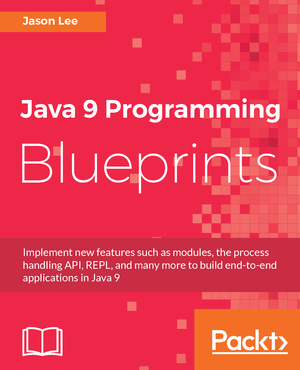← First
26
Aug 2025
6
Aug 2025
5
Aug 2025
7
Jul 2025
6
Jul 2025
26
Jun 2025
25
Jun 2025
12
Mar 2025
3
Feb 2025
← First
 My name is Jason Lee. I am a software developer living in the middle of Oklahoma. I’ve been a professional developer since 1997, using a variety of languages, including Java, Kotlin, C/C++, JavaScript, PHP, Python, Delphi, C#, and even a bit of COBOL and JCL. I currently work for IBM on the WildFly/EAP team, where, among other things, I maintain integrations for some MicroProfile specs, OpenTelemetry, Micrometer, Jakarta Faces, and Bean Validation. (Full resume
My name is Jason Lee. I am a software developer living in the middle of Oklahoma. I’ve been a professional developer since 1997, using a variety of languages, including Java, Kotlin, C/C++, JavaScript, PHP, Python, Delphi, C#, and even a bit of COBOL and JCL. I currently work for IBM on the WildFly/EAP team, where, among other things, I maintain integrations for some MicroProfile specs, OpenTelemetry, Micrometer, Jakarta Faces, and Bean Validation. (Full resume 
